The Power of the Hornet Name
The Fabulous Hudson Hornet is undoubtedly one of the most iconic cars ever built by the Hudson company. During the step-down era, many people assumed that all Hudson models were Hornets. The Hornet name had such a powerful presence that it overshadowed other models in the Hudson lineup, including the Wasp, Commodore, and Pacemaker. However, in reality, the Hornet was a new premium model introduced in 1951, which gained tremendous popularity both in showrooms and on NASCAR tracks in the southern United States. This overshadowed the rest of the Hudson models from 1948 to 1954.
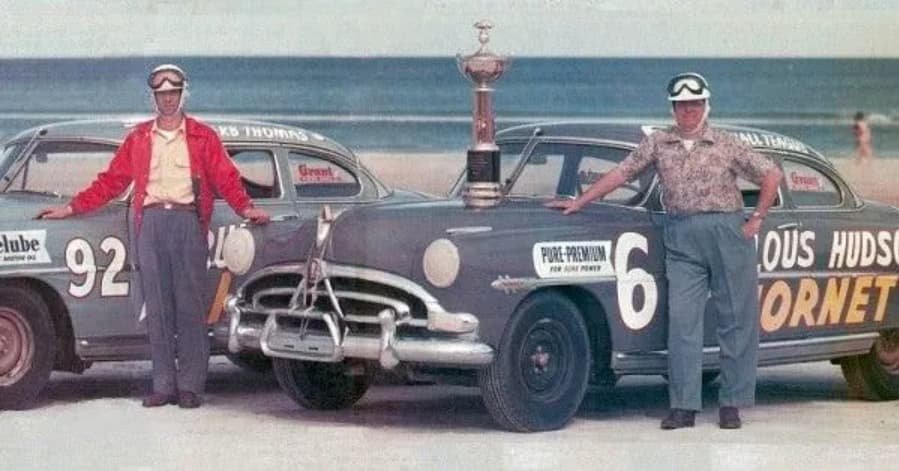
Introducing the Hornet
The Hornet made its debut in September 1950, alongside the other Hudson models. It was based on the deluxe-sized Commodore and shared its 124-inch wheelbase Monobilt platform. However, the Hornet featured special exterior trim, unique interior appointments, and distinctive H-theme Hornet emblems. Initially, three body styles were offered: a two-door Club Coupe, a four-door Sedan, and a two-door Convertible Brougham. Later in the year, a trendy Hollywood two-door pillarless hardtop was added to the lineup. The Hornet Sedan quickly became the most popular model for Hudson, with nearly 44,000 units sold in its first year. Remarkably, its price was the same as the Commodore Eight at $2,568.
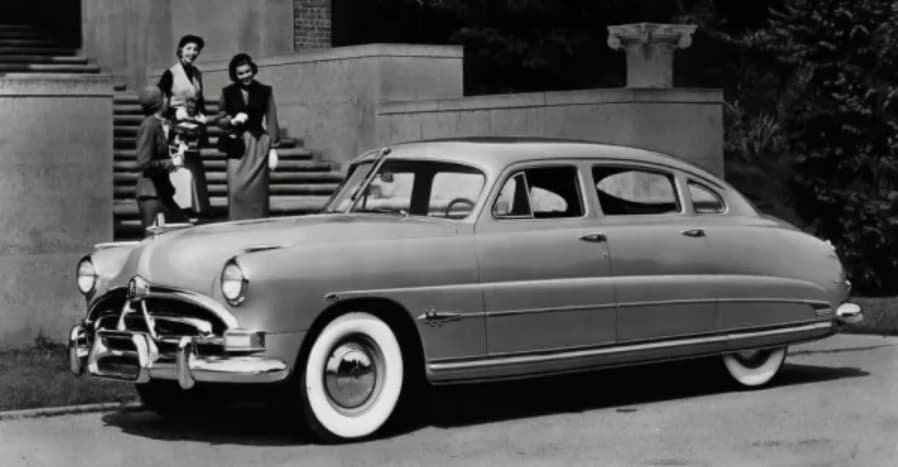
The Mighty H-145 Engine
Undoubtedly, the most remarkable feature of the Hornet was its engine, the mighty H-145. Hudson did not have the financial resources to develop a modern overhead-valve V8, but they had the expertise and machinery to enhance their venerable flathead six. The H-145 was essentially the old 262 CID Super Six bored and stroked to 308 CID, with various improvements. The baseline Hornet six produced 145 horsepower and 275 lb-ft of torque, which was highly competitive with the state-of-the-art Olds Rocket V8 that boasted 135 hp from a 303 cubic inch engine.
The H-145 engine was over-engineered following the Hudson tradition. It featured a high-chromium-alloy block and other premium components. In mid-1951, the Twin-H version was introduced, initially as a dealer kit and later as a regular production option in 1952. The Twin-H Power setup included a pair of Carter carburetors with improved fuel distribution and greater throat area. Eventually, it was rated at 170 hp. The H-145, the largest six-cylinder engine on the U.S. market at the time, could be paired with a three-speed manual transmission or the General Motors Hydra-Matic transmission for an additional $158.
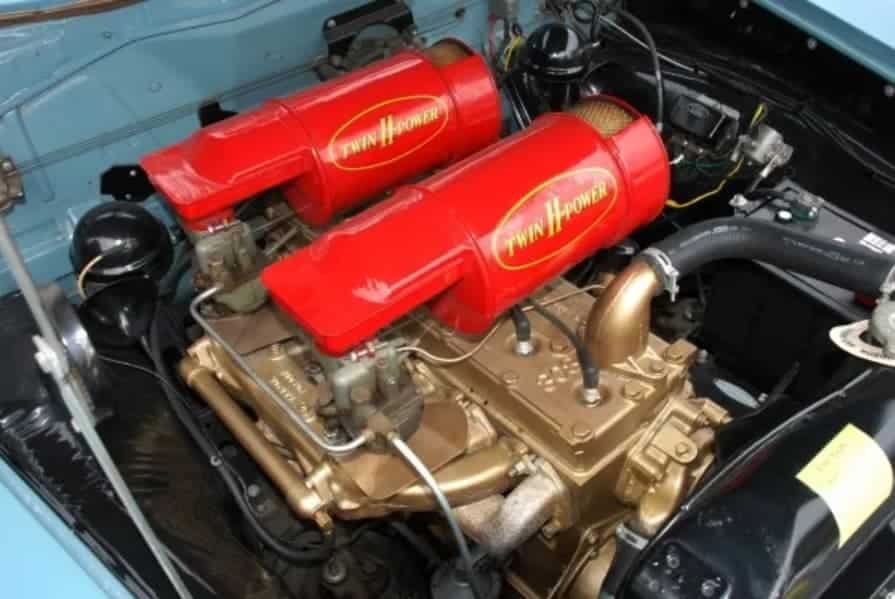
The Hornet’s Dominance in NASCAR
Marshall Teague, a skilled NASCAR driver from Daytona Beach, Florida, recognized the Hornet’s potential in stock car racing. He understood its low center of gravity, robust construction, and powerful engine. Teague persuaded Hudson management in Detroit to support his racing efforts, making him the first NASCAR racer with factory sponsorship. Hudson developed special heavy-duty axles, chassis components, and the 7X engine, a factory-blueprinted H-145 with overbored cylinders, knurled pistons, and an enhanced camshaft. These modifications were available over the counter. Hudson’s racing team adopted the company’s current ad tagline, “Fabulous Hudson Hornet,” which became one of the most iconic racing logos of all time.
Teague, along with Herb Thomas and mechanic Smokey Yunick, played a significant role in establishing Hudson’s dominance in the early days of NASCAR. Teague won seven NASCAR events driving Hornets, including the Daytona beach races in 1951 and 1952. Thomas and Yunick formed a formidable team, winning 24 out of 71 starts from 1953 to 1954, including the prestigious 1954 Southern 500.
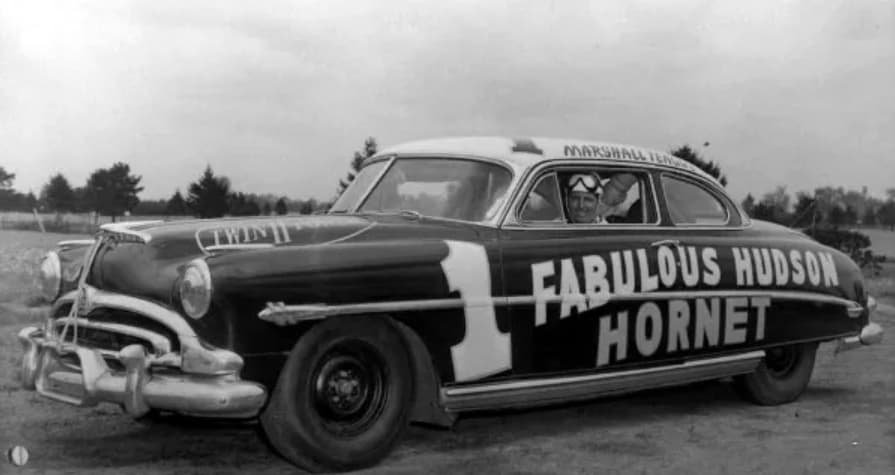
The Merger and Decline
On May 1, 1954, Hudson and Nash merged to form American Motors. As a result, the decision was made to discontinue the aging Hudson step-down platform, which had been in use for seven years. The Hudson name persisted on a restyled version of the Nash Ambassador. The second-generation Hornet, introduced in 1955, could be equipped with the reliable 308 CID L-head six or a Packard-built 320 CID V8. However, sales continued to decline, and by 1957, only one model remained in the Hudson lineup, badged as the Hornet. The production of Hudson vehicles ceased on June 25, 1957.
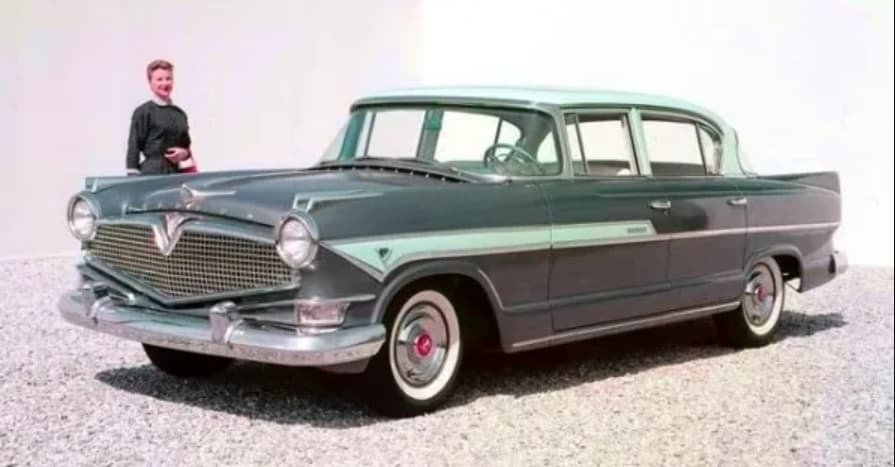
The Enduring Legacy
Fortunately, the story of the Hudson Hornet did not end there. The 2006 Pixar animated film Cars introduced a beloved character named Doc Hudson, a retired stock car hero voiced by Paul Newman. Due to the popularity of the movie, the fabulous Hudson Hornet became as recognizable to today’s children as the iconic ’57 Chevy.




